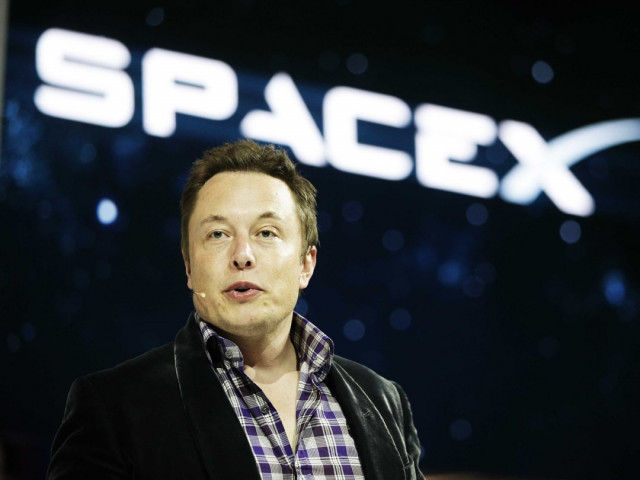Musk explains his 'cargo route' to Mars
It remains unclear how people would survive the long journey of a year or more, needing adequate provisions

Elon Musk. PHOTO: BUSINESS INSIDER
Musk, the Internet entrepreneur who cofounded of PayPal and currently also runs Tesla Motors, earlier this year announced on Twitter that he was "Planning to send Dragon to Mars as soon as 2018." But there was little in the way of details at the time.
US may approve private venture moon mission: report
He appeared to be referring to an upgraded version of the California-based company's Dragon cargo capsule, which is currently used as an unmanned spacecraft to shuttle food and supplies to and from the International Space Station.
In a new exclusive this week with The Washington Post, the entrepeneur drew parallels between people crossing the oceans in centuries past to unknown worlds.
The months-long journey is sure to be "hard, risky, dangerous, difficult," Musk told the Post, but he was confident people would sign up to go because "just as with the establishment of the English colonies, there are people who love that. They want to be the pioneers."
Odds are we are living in someone else's video game, says Tesla CEO Elon Musk
Before that can happen, however, unmanned travel and a supply chain must be developed successfully.
"Essentially what we're saying is we're establishing a cargo route to Mars," he said.
"It's a regular cargo route. You can count on it. It's going to happen every 26 months. Like a train leaving the station. And if scientists around the world know that they can count on that, and it's going to be inexpensive, relatively speaking compared to anything in the past, then they will plan accordingly and come up with a lot of great experiments."
The mission is private and not funded by the US government or NASA, which has previously said it would provide "technical support" for the 2018 mission.
SpaceX to launch first cargo since 2015 accident
NASA also is studying the effects of long-term space flight on the human body and has announced its own separate plans to send people to Mars by the 2030s.
It remains unclear how people would survive the long journey of a year or more, needing adequate food and water and protection from space radiation during the trip.
Musk has previously spoken of his vision of creating a colony of a million earthlings on Mars, in order to make humanity "multi-planetary" and avoid the risk of extinction on Earth.
His most recent feats include managing to return the first stage of SpaceX's Falcon 9 rockets to an upright landing on water and on solid ground, as part of his effort to make rockets that are as reusable as airplanes.






1724148693-0/BeFunky-collage]_____-(24)1724148693-0-208x130.webp)











COMMENTS
Comments are moderated and generally will be posted if they are on-topic and not abusive.
For more information, please see our Comments FAQ